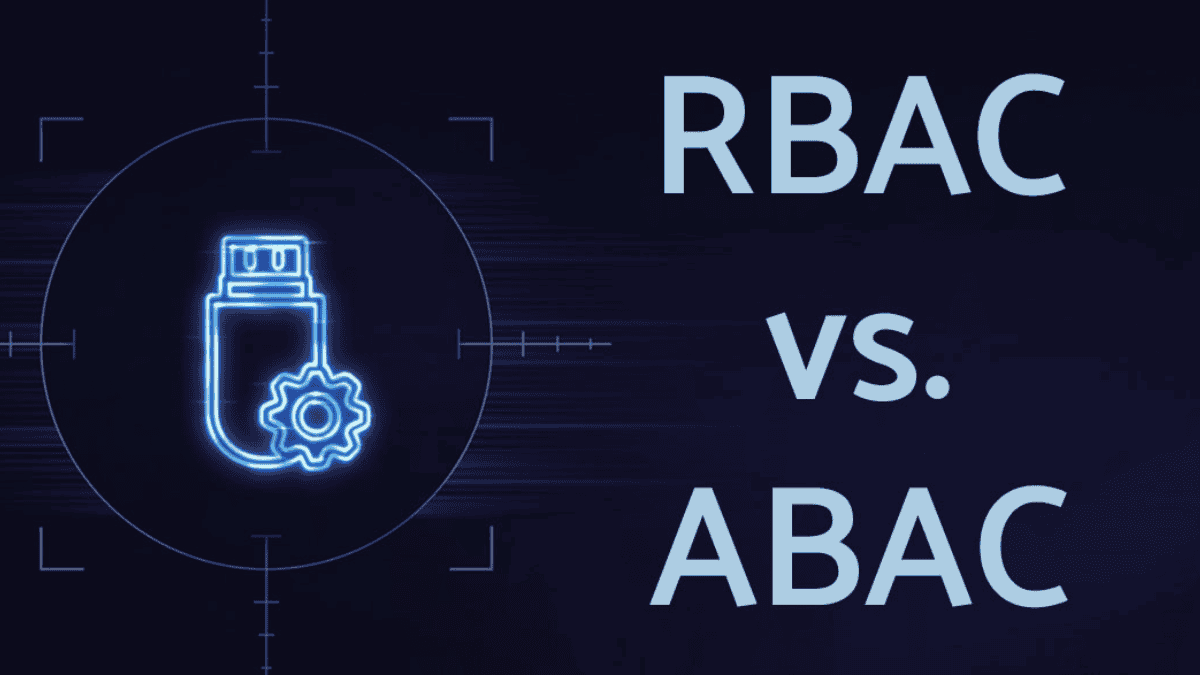Access control plays a critical role in maintaining security within information technology environments. It regulates who can view or use resources in a computing environment, […]

Social engineering refers to the manipulation of individuals into divulging confidential information or performing actions that compromise security. This tactic exploits human psychology rather than […]

The OAuth protocol is an open standard for access delegation, commonly used to enable secure authorization for applications and services. It plays a crucial role […]

Cloud storage has become increasingly vital for small and medium-sized enterprises (SMEs). Through cloud migration, businesses can transition their data to flexible and scalable storage […]

Cloud computing refers to the delivery of computing services over the internet. This includes storage, servers, databases, networking, software, and analytics. Instead of owning and […]

Phishing attacks are a significant threat to organizations of all sizes, and they often target individuals within small to medium enterprises (SMEs). These attacks typically […]

Cloud migration refers to the process of moving applications, data, and other business elements from on-premises infrastructure to cloud-based environments. This transition can involve different […]

Community cloud refers to a collaborative computing environment that enables multiple organizations with shared interests to access a centralized infrastructure, applications, and services. As organizations […]

Digital forensics involves the process of discovering, securing, examining, and presenting digital data in a way that can be accepted in a court of law. […]


